News
Manchester Festival of Nature 2021: Pollinator Portraits competition
Manchester Festival of Nature (MFoN), Sunday 27th June 2021
It’s been a strange time for festivals and events. Following 2019’s scorchingly hot event at Heaton Park, 2020’s Festival of Nature went entirely online with some great digital webinars and workshops, oh, and me with my first attempt at live-streaming some plant pressing. Best leave it to the professionals!
This year we again have some wonderful online content for everyone to enjoy, and we started early this year with twitter takeovers throughout the month of June.
https://twitter.com/i/events/1391444989322874883
On the day of the Festival, you can get to all the new content on our ‘main stage’ twitter account @MancNature. Also, if you are lucky enough to be taking a Sunday stroll through Heaton Park today, you might spot the Lancashire Wildlife Trust’s gazebo and chat to them about wildlife in the park.
This year, the Museum has supported the Manchester Nature Consortium Youth Panel to deliver their art competition for the Festival. Taking inspiration from the bee and insect themes of the Festival, the young people launched a Pollinator Portrait competition earlier this year. They must have faced a tough choice voting for the winners as the quality of entries was really good. The Youth Panel loved the Museum’s Beauty and the Beasts digital exhibition, so we decided to create an online exhibition to display all the works.
Head on over to our online gallery to see for yourself……..
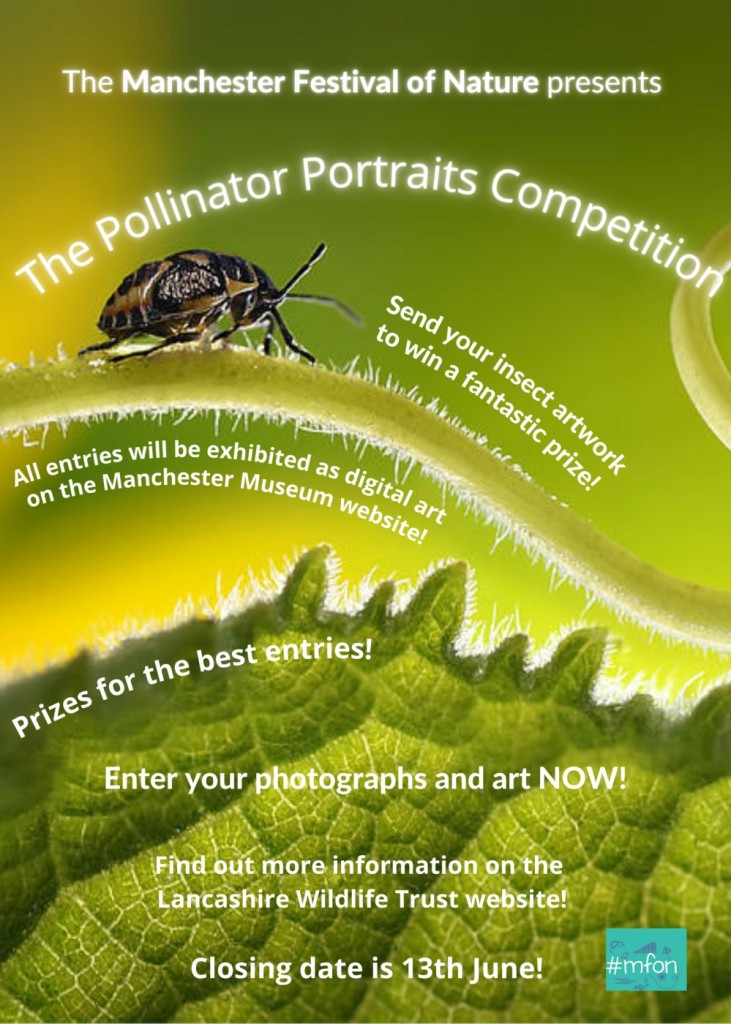
PANAMA WILDLIFE EVENING – THURSDAY 18 APRIL, 2019
The botany staff will be supporting the Panama wildlife evening showing a selection of plant species from Panama, as well as talk about the City Nature Challenge 2019 – coming to both Panama City and Greater Manchester soon!
New year, new challenge? Funded PhD available!
A guest blog post from Hannah, Learning Manager, on our upcoming collaborative PhD that is part of the Courtyard Project at Manchester Museum:
The Courtyard Project is a great opportunity for us to reflect on, research and develop our work, and as part of this, we are keen to gain a better understanding of the impacts of cultural engagement on our audiences. In spite of our best efforts, we often to struggle to get to grips with the impact of our work and tend to rely on teacher feedback, questionnaires and anecdotal evidence. Take, for example, our work with young children; we know that young children benefit from visiting the Museum because teachers and practitioners tell us this, but precisely how young children benefit, how long such benefits actually last, and whether there are knock-on effects for caregivers or teachers are questions that have tended to be beyond our capacity…
View original post 303 more words
Got White Privilege?
Manchester Museum director, Nick Merriman, taking the White Privilege test at the Museums Association Manchester Conference 2017. This very popular stall was one of the brilliant activities on offer as part of the Festival of Change; helping museum professionals grapple with serious issues through creative interventions.
Stirring the hornet’s nest – are natural science collections even legal?
I was wrapping up a particularly difficult male peacock with a helper a few weeks ago and we were discussing natural science collections. “Do you think one day they’ll just be made illegal?” she asked, straight-faced and sincere. I was miffed – this was someone saying to a natural science curator that really, it shouldn’t be allowed. I sighed and spent the rest of the wrapping session (porcupine was also tricky) explaining how wonderful – and legal – natural science collections are.
View original post 670 more words
Unlocking the vault: making the most of scientific collections
Manchester 26-27th June. Kanaris lecture theatre, Manchester Museum
Science and natural history collections include objects, specimens, models and illustrations which are a goldmine of useful information and inspiration. They are immensely popular with the public, but are often cared for by non-specialists who can perceive them as difficult to work with. There is a danger that these collections can be forgotten, underused and undervalued.
Join us for this one and a half day conference looking at the innovative ways in which collections are being used. Speakers from historic collections across Europe will be joining us to discuss best practise in the use of scientific and natural history collections. We will be exploring ways to connect people to collections for greatest impact.
We have an interesting programme of talks from expert speakers in three sessions: ‘Connecting collections and breaking isolation’, ‘Reaching out to new audiences’ and ‘New meanings through art, history and research’.
Dr. Tim Boon, Science Museum Group. ‘Science Museum Group Research and the Interdisciplinary Culture of Collections’
Mark Carnall, Oxford University Museum of Natural History. ‘Not real, not worth it?’
Dr Caroline Cornish, Royal Holloway, University of London. ‘Useful or curious’? Reinventing Kew’s Museum of Economic Botany’
Jocelyn Dodd, University of Leicester. ‘Encountering the Unexpected: natural heritage collections & successful aging’
Prof. Dirk van Delft, Boerhaave Museum. ‘Real bones for teaching medicine’
Dr. Martha Flemming, V&A Museum. Title TBC
Dr Petra Tjitske Kalshoven, The University of Manchester. ‘The manikin in taxidermy: modelling conceptions of nature’.
Henry McGhie, Manchester Museum. ‘Beyond ‘natural history’: museums for the 21st century’
Dr. Laurens de Rooy, Museum Vrolik, Medical and natural history collections as historical objects: a change of perspective?
Dr. Marjan Scharloo, Teylers Museum. Title TBC
Dr. Cornelia Weber, Coordination Centre for Scientific University Collections in Germany. ‘Back to the Roots: University Collections as Infrastructure for Research and Teaching’
Prof. Yves Winkin, Musée des arts et métiers. ‘An amateur director, professional curators, and a desire for a cabinet of curiosities’
The conference is part of the programming to support Object Lessons, our upcoming exhibition celebrating the scientific model and illustration collection of George Loudon. Each of these finely crafted objects was created for the purpose of understanding the natural world through education, demonstration and display. This exhibition combines Loudon’s collection with models from Manchester Museum and World Museum, Liverpool. The conference is generously supported by Wellcome. Book your place on mcrmuseum.eventbrite.com or call 0161 275 2648.
From Fashion Shows to Museum Trucks
Getting creative in working towards our Heritage Lottery Fund action plan for the new Courtyard Development………
As part of our HLF Stage 2 submission for the Courtyard Project, Manchester Museum needs to produce an ‘Activity Plan’ – this is an essential document that sets out how we want to engage the public in 2020 and what we will do in the interim to make those activities a reality. This is a really exciting and creative period for us as an organisation – it’s a chance to take stock of what we do really well and to think about the kind of place we want to be in 3 years time – what do we want people to be able to do here? How might our communities, both local and further afield, shape these programmes and events? What kind of social impact might we make? These are big, exciting decisions and it’s fascinating to start to embrace change.
At the heart of this work is our…
View original post 460 more words
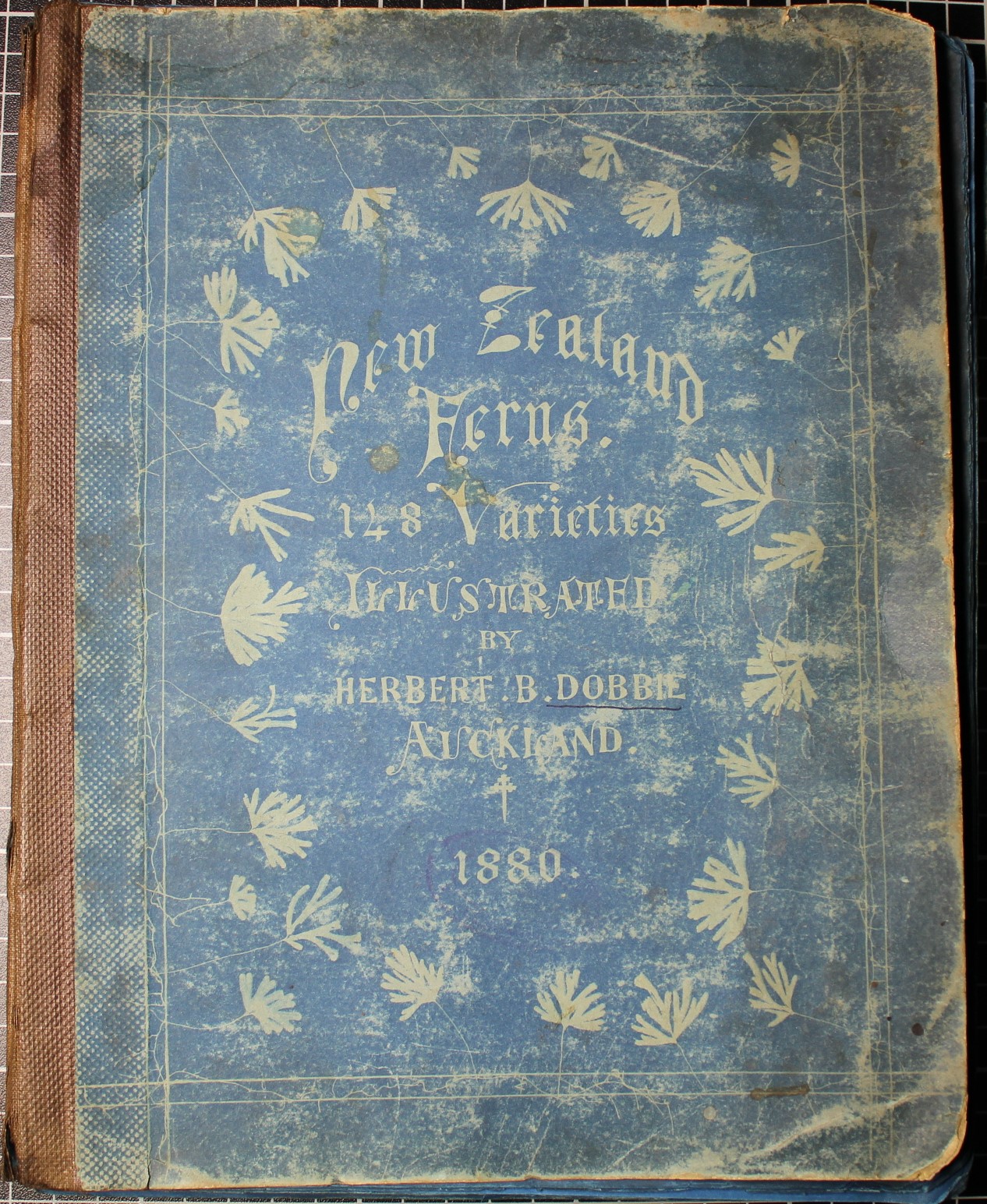
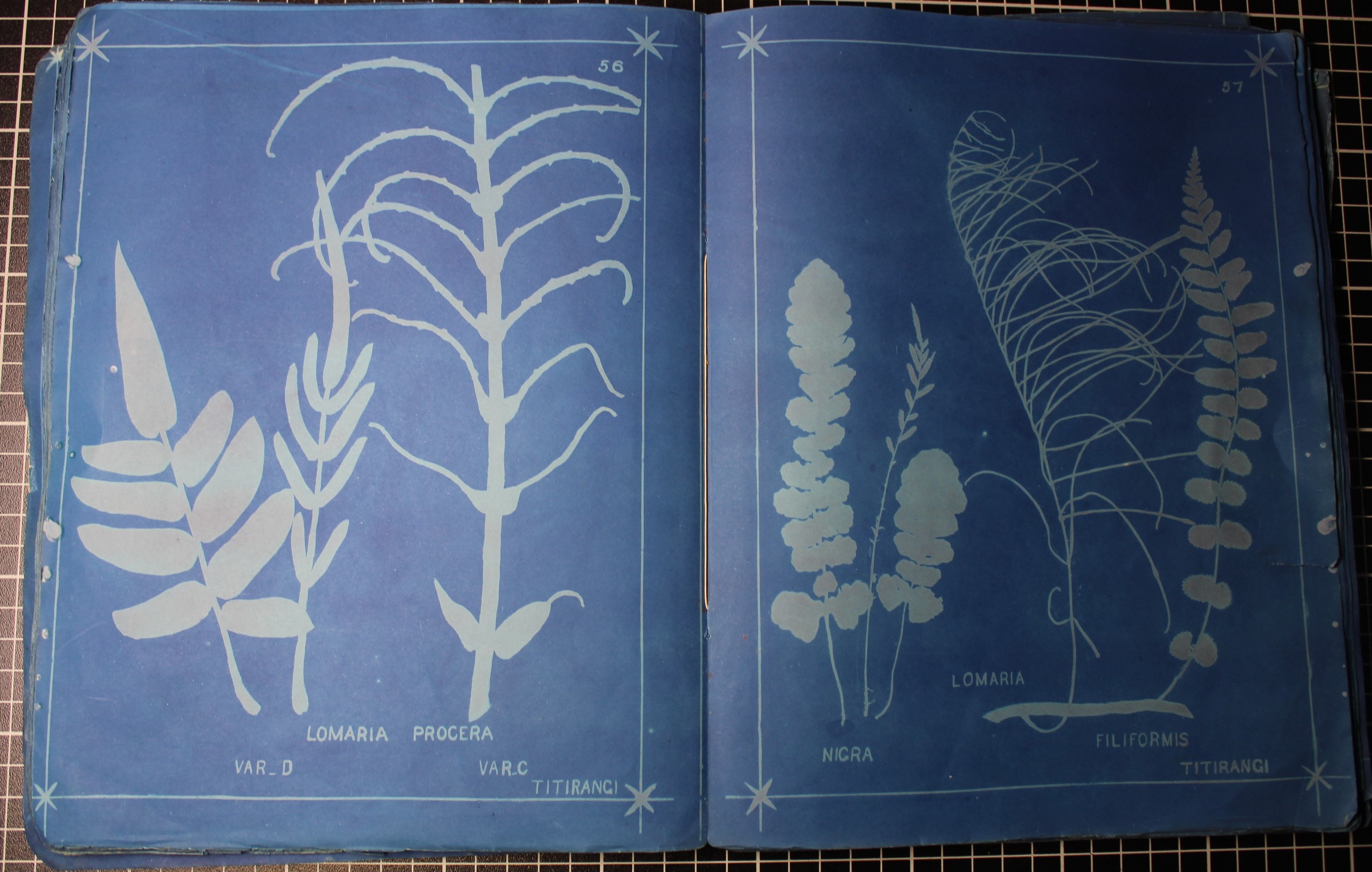
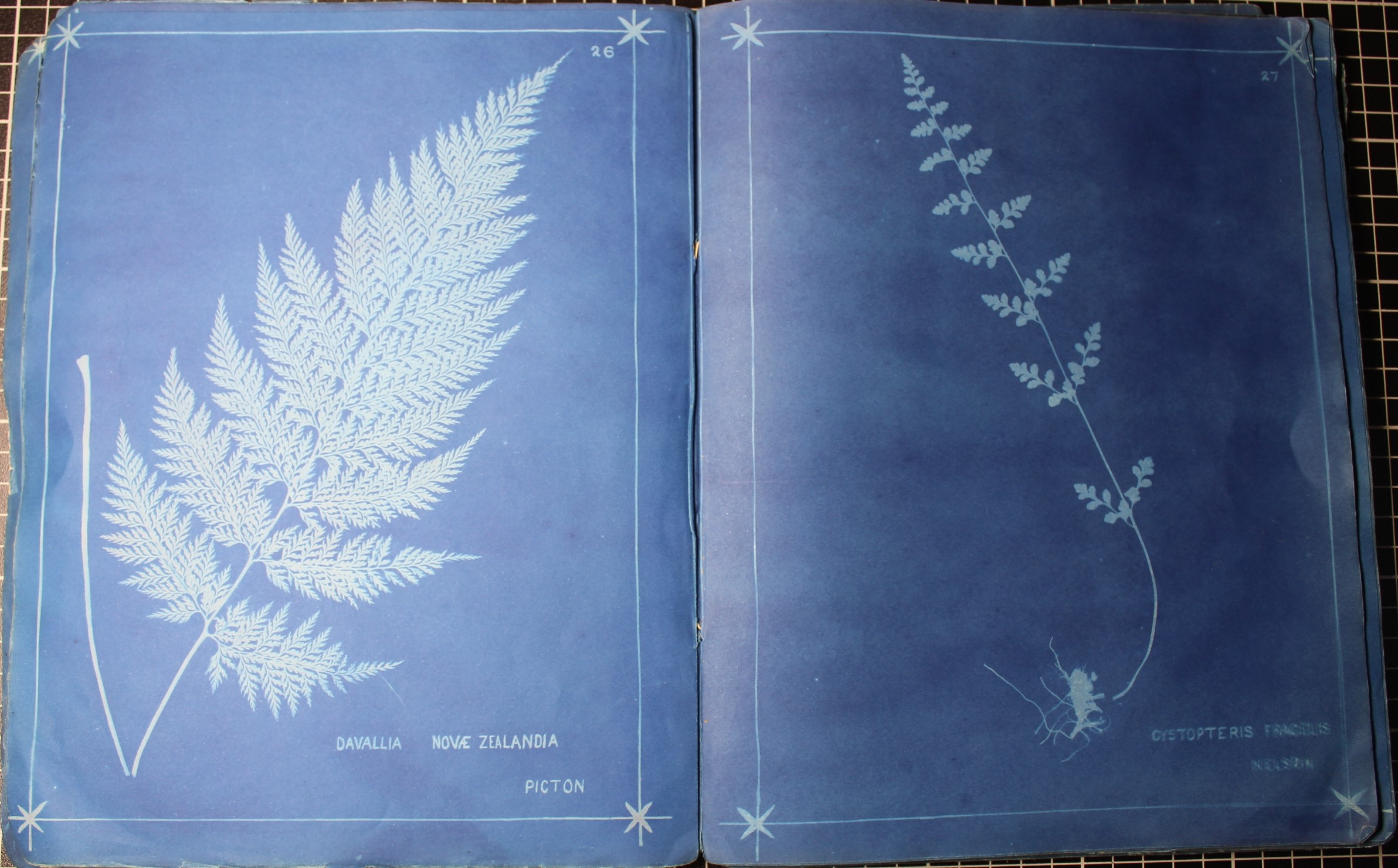




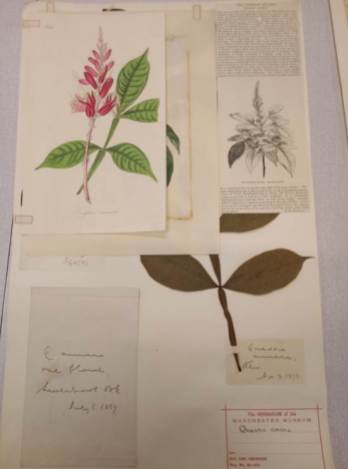












![DSC_0451[1] DSC_0451[1]](https://herbologymanchester.files.wordpress.com/2017/05/dsc_04511.jpg?w=425&resize=425%2C240#038;h=240)
![DSC_0433[1] DSC_0433[1]](https://herbologymanchester.files.wordpress.com/2017/05/dsc_04331.jpg?w=425&resize=425%2C239#038;h=239)
![DSC_0447[1] DSC_0447[1]](https://herbologymanchester.files.wordpress.com/2017/05/dsc_04471.jpg?w=272&resize=272%2C483#038;h=483)
![DSC_0454[1] DSC_0454[1]](https://herbologymanchester.files.wordpress.com/2017/05/dsc_04541.jpg?w=121&resize=121%2C214#038;h=214)


![DSC_0434[1] DSC_0434[1]](https://herbologymanchester.files.wordpress.com/2017/05/dsc_04341.jpg?w=120&resize=120%2C214#038;h=214)

